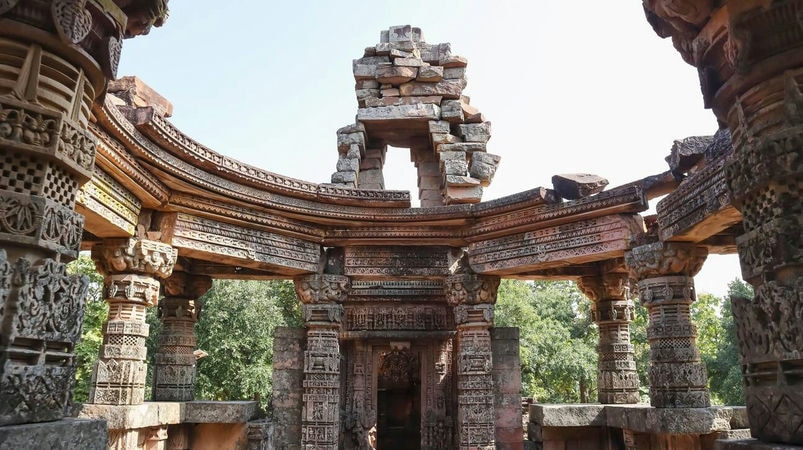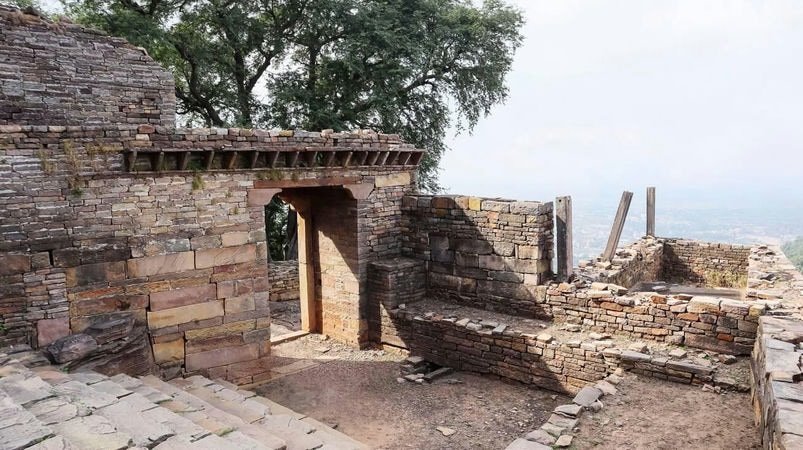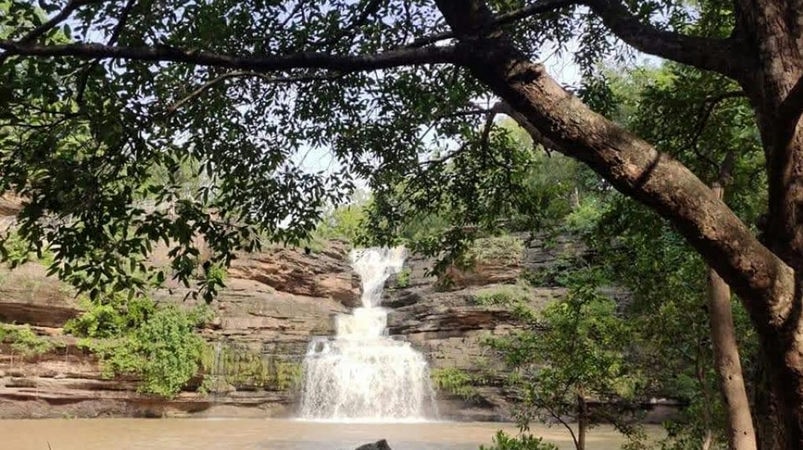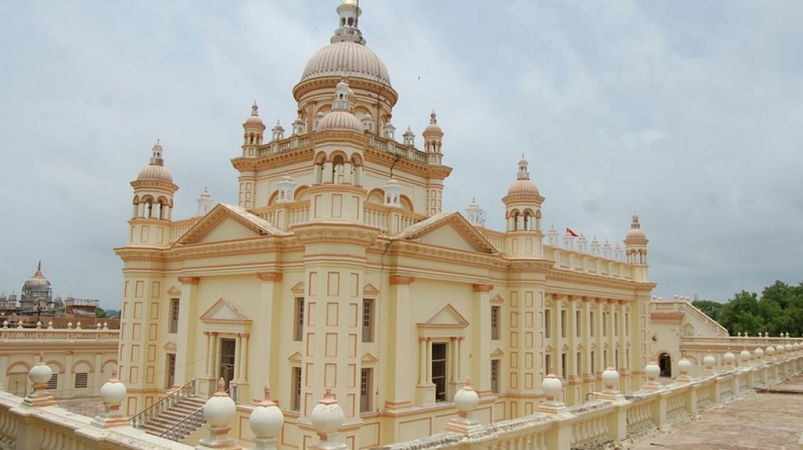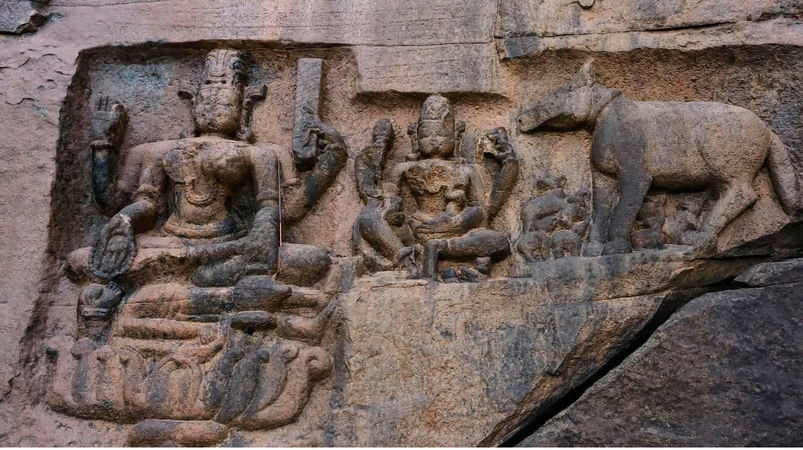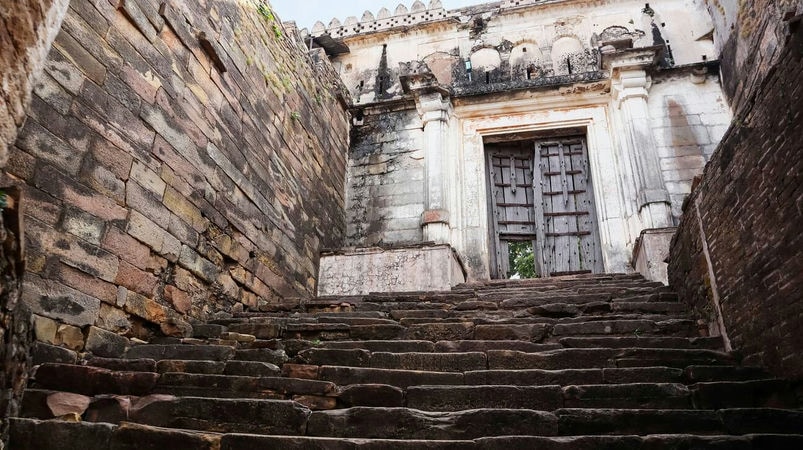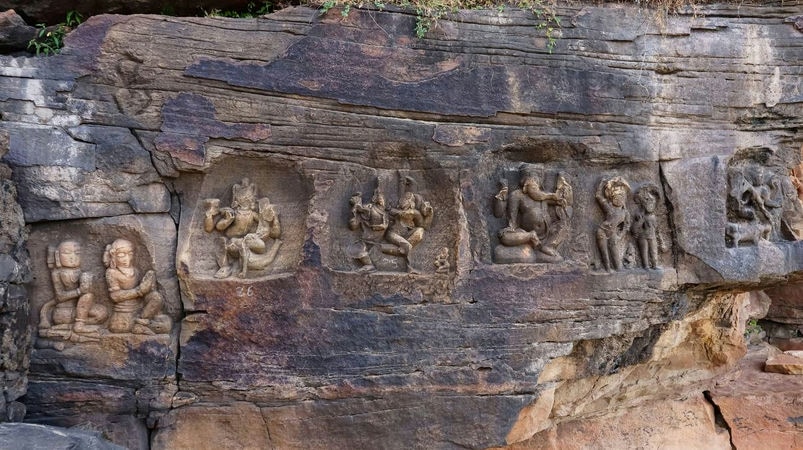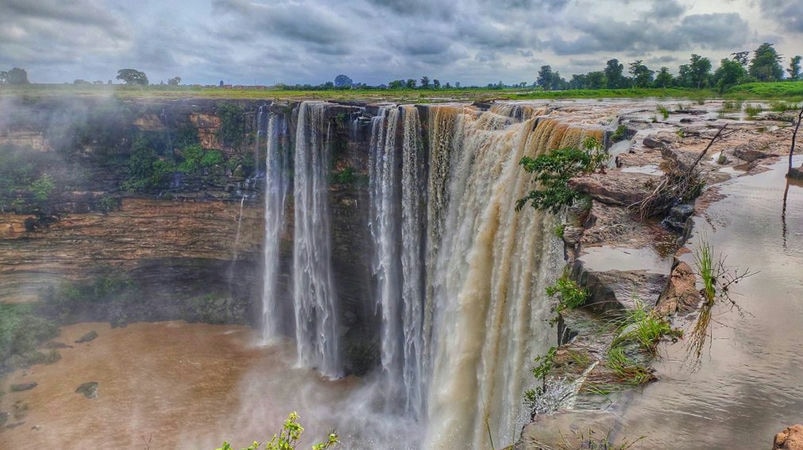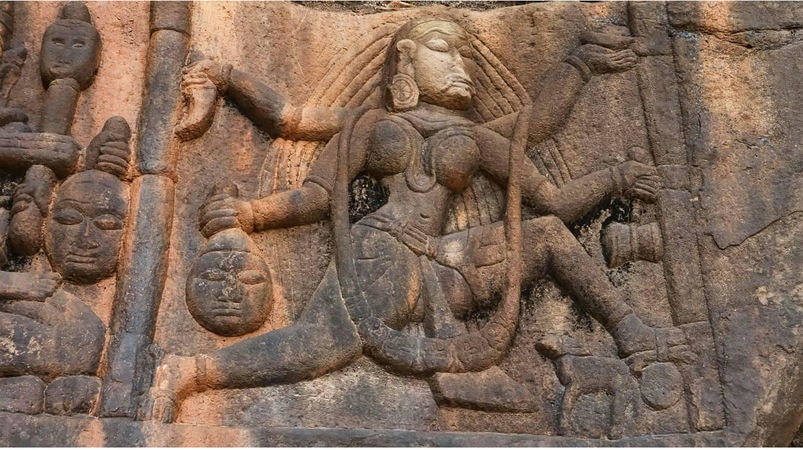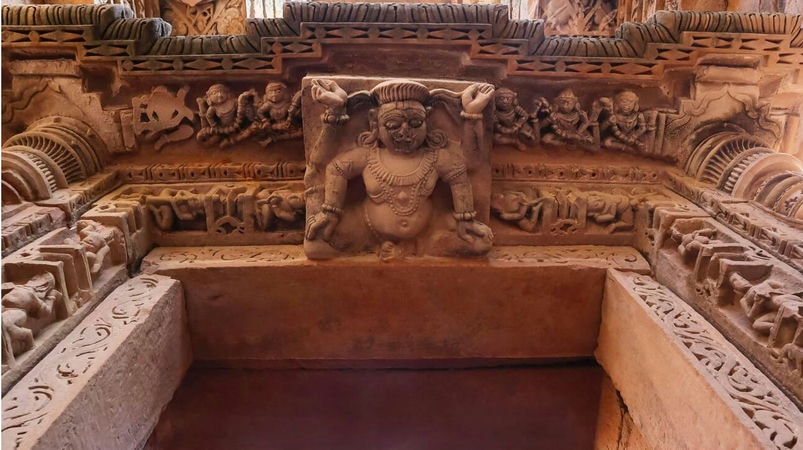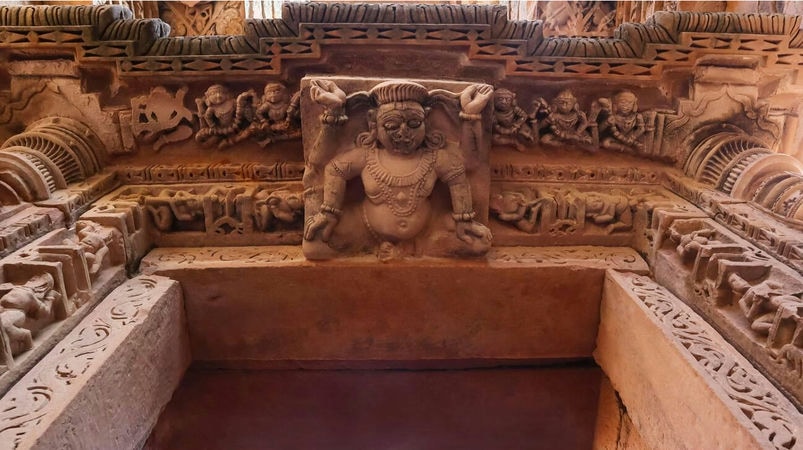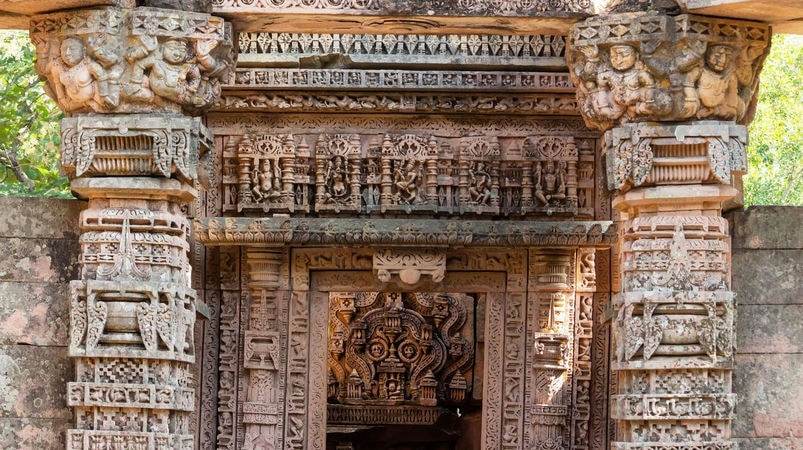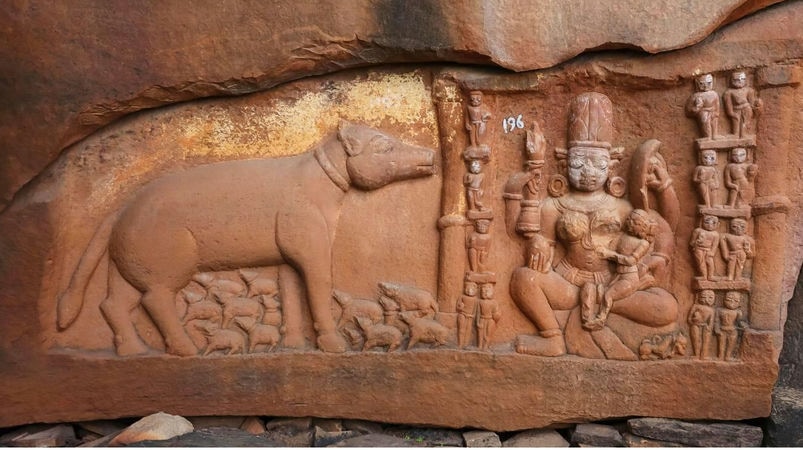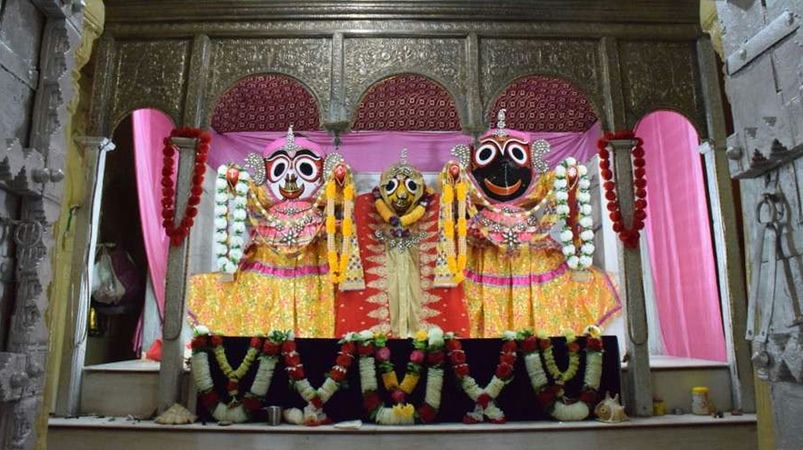Panna
This city, located in the northeastern part of Madhya Pradesh, holds significant historical importance. From the 13th to the 17th century, it was ruled by the Gond tribe, which was defeated by the Chandel rulers in the 17th century, bringing this region under their dominion.
Panna is renowned for its wildlife sanctuary, where the conservation and care of wild animals are highly regarded.

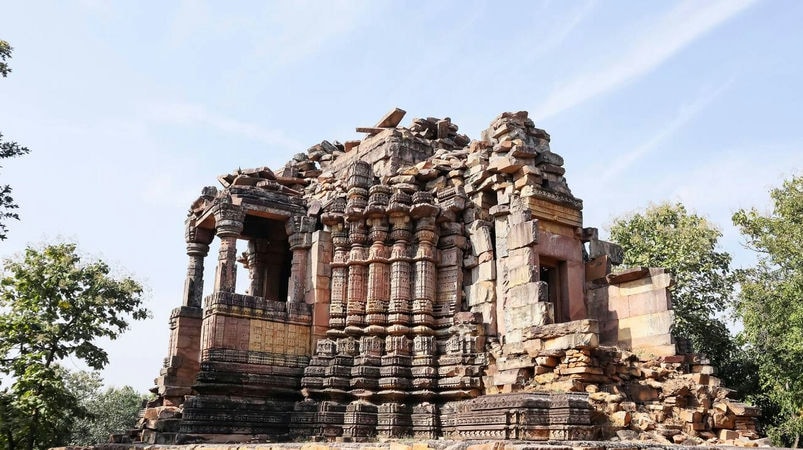
Panna district in Madhya Pradesh is famous for diamond mining. It is known for the abundant presence of diamonds in the region. Panna district is renowned for diamond mining not only in India but also worldwide. Diamond mining in Panna district is carried out by the National Mineral Development Corporation (NMDC). Diamonds are extracted from the diamondiferous kimberlite rocks in Panna.
Panna is known for its diamond mines in the areas of the Hira Khonem and Hainota. The industrial hub of Panna is Puraina, and the region is highly acclaimed for its stone-cutting industry.
Panna is a city founded by Maharaja Chhatrasal and was made the capital by him. This city holds numerous unforgettable and remarkable places of interest that attract visitors from far and wide. Panna's historical and cultural significance is very high in the Indian subcontinent.
Places to visit here:
Panna National park: Panna National Park, located in the state of Madhya Pradesh, India, is a well-known wildlife sanctuary and has earned the status of a UNESCO Biosphere Reserve. The park is renowned for its rich biodiversity, lush forests, and diverse wildlife. READ MORE
Tree House: Mandla, a picturesque tourist village nestled amid natural surroundings on the banks of the Ken River in Panna district, offers an appealing option for travelers. Due to the serene and natural environment here, people prefer staying in Tree Houses. The tranquil and natural ambiance by the Ken River is the first choice of many.
Pandav Falls: In Panna National Park, the Pandav Falls is a waterfall created on the Ken River. The height of the Pandav Falls in Panna is 38 meters. The kings of the Nag dynasty had constructed a temple of their family deity Padmavati near the flowing Kilkila River, located near Panna, and the surrounding area was called Padma. However, over time, its name changed to Panna.
Gagau Wildlife Sanctuary: In Panna district, there is the Gagau Wildlife Sanctuary, where conservation efforts are focused on protecting gharials and crocodiles along the Ken River. A joint project between Panna and Chhatarpur districts, known as the Ken Link Project, is dedicated to the conservation of gharials.
In Madhya Pradesh, the conservation of wild buffaloes is carried out in the Gangau Wildlife Sanctuary. Additionally, a reptile park has been established in Panna, where reptiles are protected.
Ajaygarh Fort: The construction of Ajaygarh Fort was carried out by King Ajay Pal. Located in the Ajaygarh tehsil of Panna district, this fort is the most famous fort in Madhya Pradesh. Inside the Ajaygarh Fort, there is an upper reservoir, and it is believed that the water in this reservoir never dries up. The fort also houses large cannons to this day.
Jugal Kishoreji Temple: The construction of the Jugal Kishoreji Temple in Panna was undertaken during the reign of Raja Hindupat Singh, the fourth Bundela king, from 1758 to 1778. According to legends, the idol placed in the sanctum sanctorum of the temple was brought from Vrindavan through the Orchha route. The temple showcases the Bundelkhandi architectural style, with Swami’s ornaments and attire reflecting the local culture.
The temple exhibits all the architectural features typical of Bundela temples, including a Nat Mandap, Bhog Mandap, and circumambulation path.
People from all over India visit this place to witness the divine idol, and devotees are captivated by the sight of Bhagwan’s enchanting vision. The traditions and rituals associated with this historical and magnificent temple are unique. It is believed that in Bhagwan Jugal Kishore Ji’s kingdom, no one ever goes hungry, which is why the midday bhog (offering) is performed at 2:30 PM, and the night’s Aarti is conducted at 10:30 PM.
Parvati Temple: The Parvati Temple is situated within the Ajaygarh Fort, which is located in the Ajaygarh tehsil of Panna district. The temple was constructed during the Gupta period.
The Ajaygarh Fort is also famous for the Nachna Kotara, which is believed to have been a place of entertainment for the Gupta-era kings, where they would enjoy various forms of entertainment.
Kalinjar Fort: Kalinjar Fort, located in Panna district, is renowned for its historical significance and its association with ancient battles. Before the formation of Niwari district, the Ajaygarh tehsil of Panna district, where Kalinjar Fort is situated, used to be one of the smallest tehsils in the state. This fort is perched on the hills of the Kamadgiri range of the Vindhya mountain in Madhya Pradesh.
Prananath Temple: The Prananath Temple is a unique temple built in a style reminiscent of the Taj Mahal. In modern times, Maharaja Chhatrasal made Panna his capital. Panna was declared a capital in the year 1675. Chhatrasal’s spiritual guru was Prananath, and it was under his guidance that the Pranami or Dhami sect began in India. A famous temple dedicated to him is located in Panna, where an annual fair is held during the festival of Basant Panchami.
Baldeoji Temple: The Baldeoji Temple in Panna is a unique temple built in the Italian architectural style. It is the only temple of its kind in the state. The design of this temple was created by the Italian architect Manali. Everything in this temple is arranged according to the number 16.
The best time to visit Panna National Park is from November to April. During this period, the weather is pleasant, allowing you to enjoy jungle safaris and boat rides on the Ken River.
Traveling to Panna:
By Air: The nearest airport is in Khajuraho, which is about 45 kilometers from the park. You can also reach the park from Jabalpur Airport, which is around 250 kilometers away.
By Rail: The nearest railway station is Satna, which is well-connected to major cities. You can reach Satna by train and then continue your journey to Panna National Park.
By Road: You can easily reach Panna National Park by road. Buses operate from Khajuraho, Satna, and other major cities to the park.
Choose the mode of transportation that best suits your travel plans and enjoy your visit to Panna National Park.
So, whether you prefer to travel by air, train, or road, Panna is accessible from various parts of Madhya Pradesh and nearby cities. Enjoy your trip!



